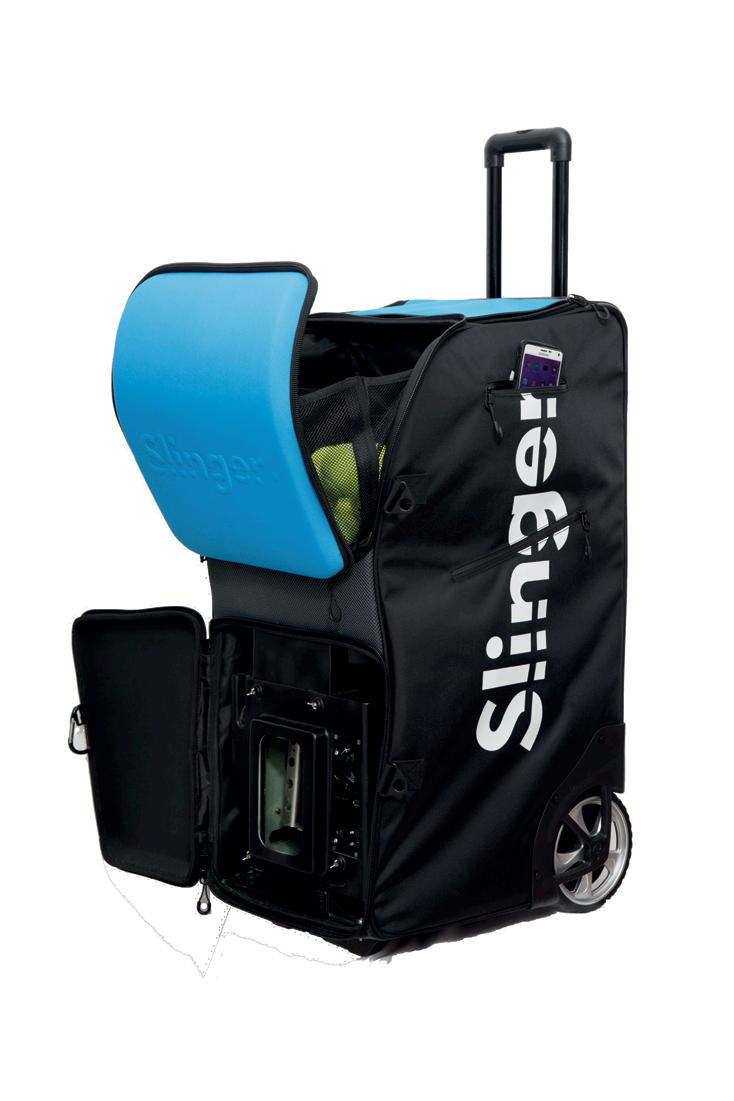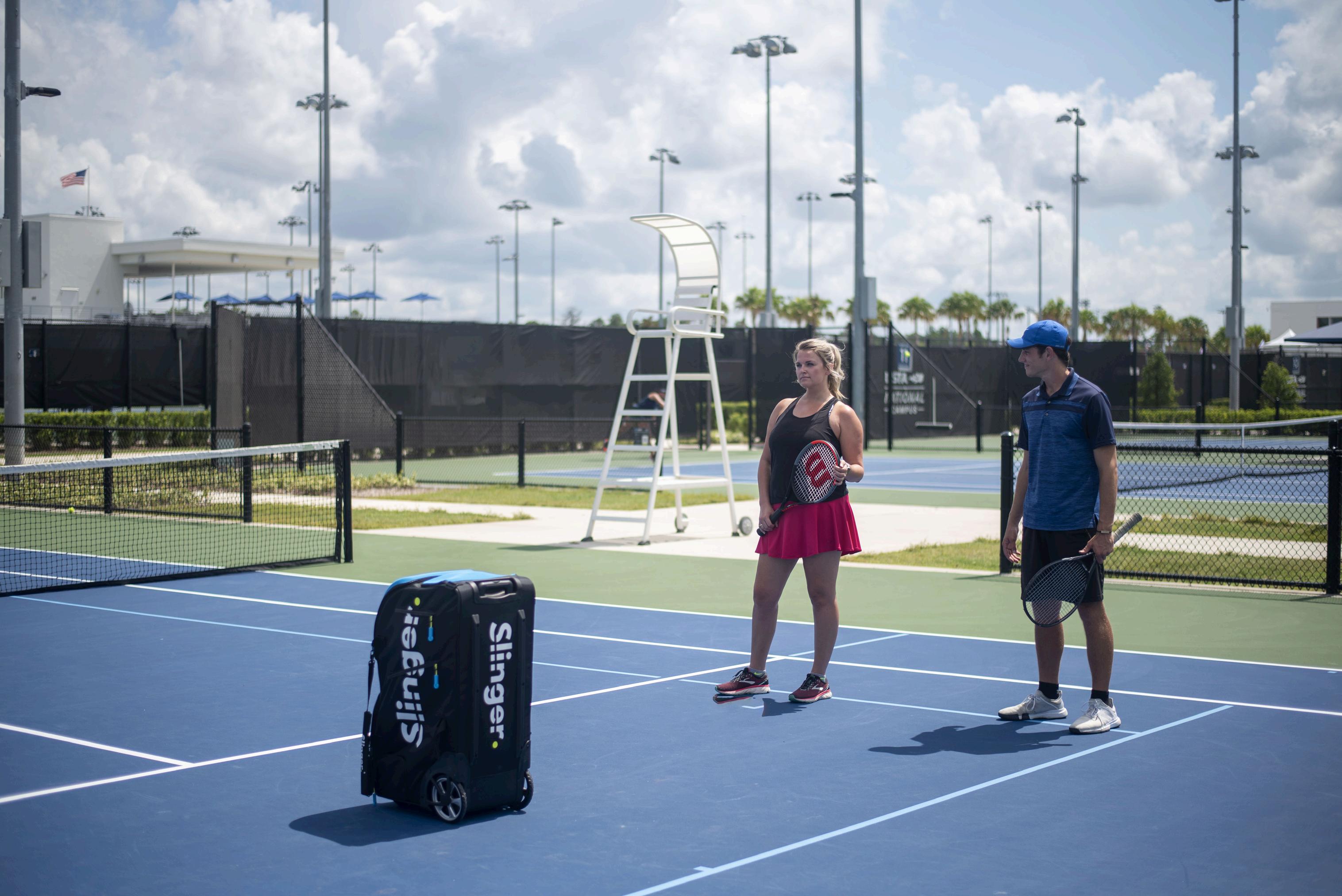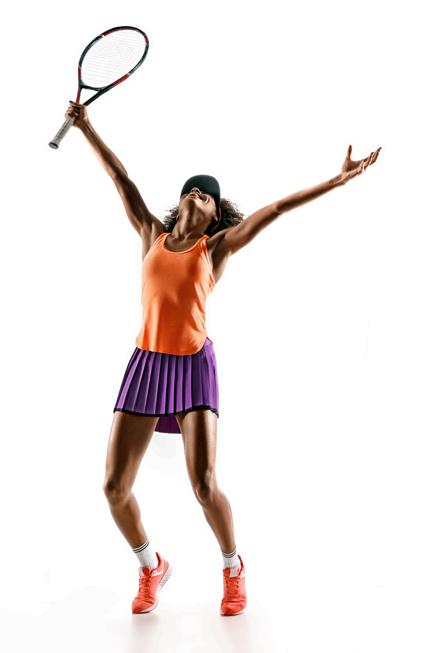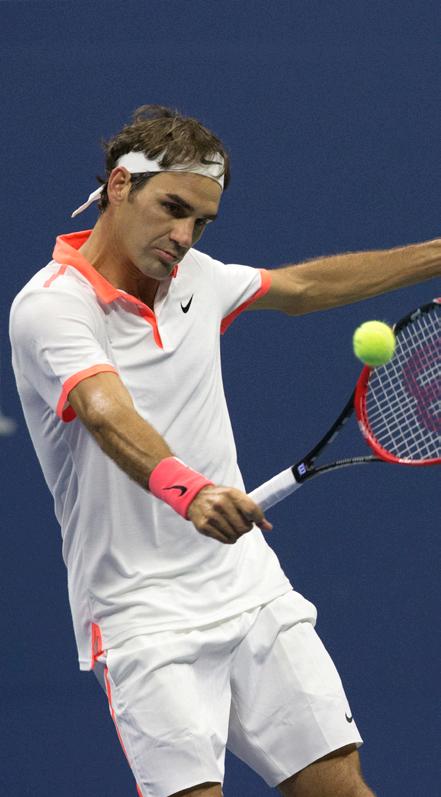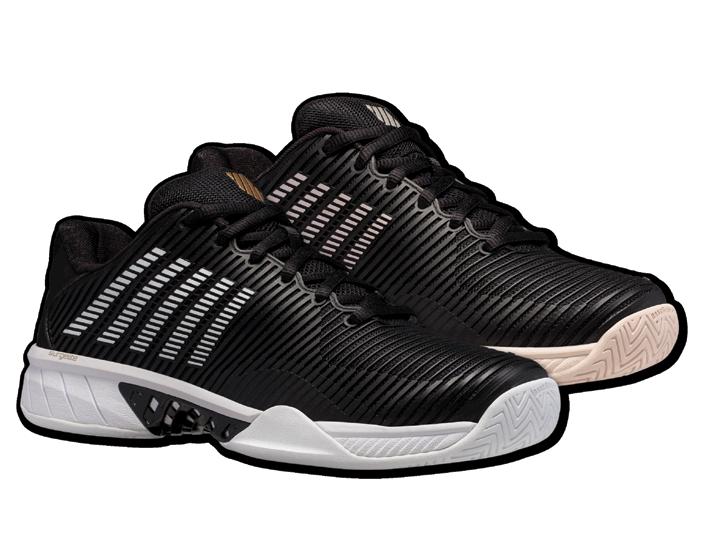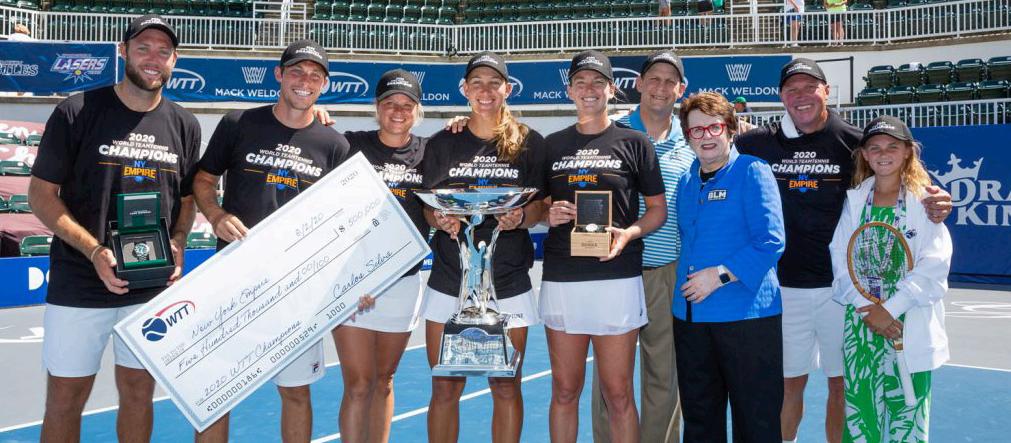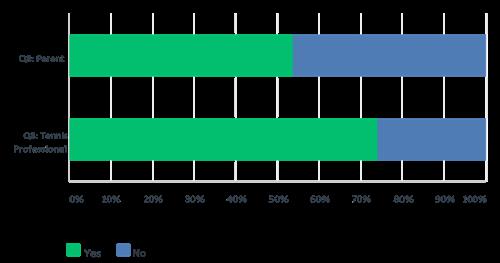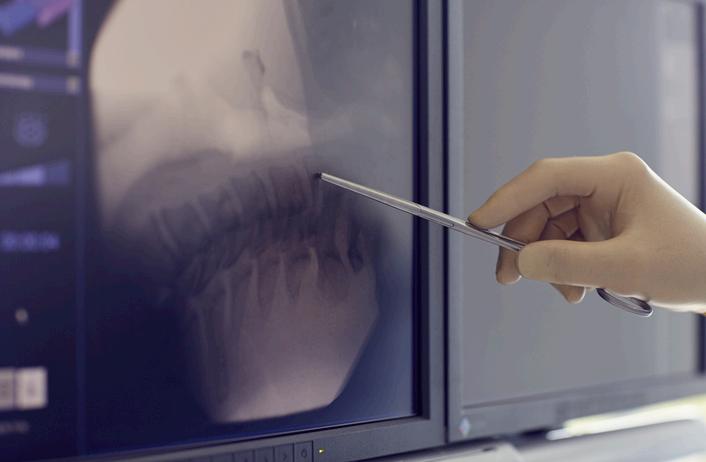
9 minute read
Sports Medicine Special Section
SPORTS MEDICINE
Regenerative Injections: A Patient’s Guide
BY SHANE MANGRUM, MD, BOARD-CERTIFIED PHYSIATRIST AT POLARIS SPINE & NEUROSURGERY CENTER
These days, it seems like “regenerative technologies” are everywhere, but where did this science spring from? What is it, and can it help you?
In the 1920s, research on the adrenal cortex at the Mayo Clinic led to the discovery a substance known as “Compound E,” which eventually came to be called cortisone. In 1950, Dr. Phillip S. Hench won a Nobel Prize in Medicine for the application of cortisone to the treatment of Rheumatoid Arthritis, and the work he did changed the face of medicine.
Cortisone-type injections have been used extensively in the treatment of musculoskeletal injury in the years since Dr. Hench won his Nobel Prize. While helpful in many ways, these injections still employ a 1920s technology. Experts have suggested that “regenerative medicine will play an increasingly important role in the delivery of clinical care. …This is one of the biggest evolutions in medical history [emphasis added]. …There is only so much you can do to treat injuries and diseases. As we learn how to regenerate cells and strengthen the body’s repair processes, we can make tremendous advances in improving clinical care and maintaining long-term good health.”*
Today, professional athletes have used regenerative-type injections to actually “kickstart” tissue repair. These technologies are now becoming available to the masses with the application of platelet rich plasma and stem cell procedures to conditions like tendon injury, arthritis, and back and joint pain. These treatments can help repair injured tissues to provide lasting pain relief and to accelerate recovery times after an injury. They may also be used to treat back pain and spine pain, more generally, as well as pain caused by other musculoskeletal degenerative conditions. Even so, there has been a lot of misinformation spread about these therapies. If your doctor has recommended a form of regenerative injection therapy for treatment, we’ve created this guide to help you decide if it’s right for you.
Currently, regenerative injection therapy falls into two categories: Platelet-Rich Plasma (PRP) Therapy and Stem Cell Therapy. Let’s discuss both in more detail.
PRP injections
These injections start with drawing blood from a patient, and then spinning the blood in a centrifuge device to separate platelets from the other blood cells. This process creates a solution of concentrated platelets and growth factors that can then be injected into an area of injury to promote healing and tissue repair, spurring the body on to begin regenerating the deteriorated tissues.
Stem cell therapies
Instead of blood cells, these injections use cells from fat or bone marrow to promote the reparative response of diseased, dysfunctional, or injured tissue. Research has shown the potential for stem cell therapy to improve conditions such as heart failure, for example, by promoting cardiomyocyte regeneration and neovascularization, and recruiting resident stem cells.**
Both of these techniques involve very little patient discomfort and are performed as outpatient procedures in our surgery center.
Regenerative therapies can be highly effective, but they aren’t a “miracle cure,” and they don’t work the same way for everyone. Many people report some minor pain and swelling for the first few days after regenerative injection therapy, but this usually subsides quickly, after which the patient generally starts to see improvements. Talk to your doctor about how to care for your injury during the healing process and when you can return to sports after the treatment.
Choosing the right doctor
W h i le re gener at i ve i nje c t ion therapies are safe, they should also only be administered by an experienced professional. Finding the right provider should involve doing some research, looking at reviews, and asking about prior experience. You also want to consider a physician who offers a diversity of treatment options besides regenerative therapies. That way, you’ll have confidence that if the treatment isn’t right for you, you’ll have other choices.
*Pascal J. Goldschmidt, M.D., Senior Vice President for Medical Affairs, Dean of the Miller School of Medicine and CEO of UHealth **Sci. Rep. 6, 28250; doi: 10.1038/srep28250 (2016). Editor’s note: Read more about PRP on page 56.
The Kinetic Chain: Keeping You Moving On The Court In All Directions
BY DR. STEPHANIE HSU
Tennis requires strength, speed, flexibility, balance, and coordination to create efficient, powerful strokes and to provide the agility to move quickly across the court. However, the repetitive motions put a significant amount of load on our muscles, ligaments, tendons, bones, and joints, putting us at higher risk of injury. To help prevent injury, it’s important to take the extra time off the court to do conditioning and training work.
This is where the concept of the kinetic chain makes a significant difference for all players. The kinetic chain links coordinated movements through the different parts of our body to produce power, accuracy, and efficiency starting from the ground up through our racquet. Energy is created and stored through our movement patterns and muscles as we push off the ground.
For example, to create power and spin on a serve, we start with the loading phase. Here, the lower body pushes off the ground and our trunk starts to rotate in order to begin storing this elastic type of energy, almost like stretching a rubber band. Next is the cocking phase, when the trunk begins to extend and rotate with our upper body and serving arm coming into play as it sets back. This helps create even more power and energy to funnel into our serving arm and through our racquets on contact. Third is the acceleration phase, where our lower body, trunk, and arm start to unwind and swing to transfer saved energy to move our racquet. Upon contact, the follow-through phase engages numerous muscles to slow down our arm and reset our legs and trunk to be ready for the next movement. This is the kinetic chain at work to create strokes. The more mobility, stability, and strength we have, the more efficient and coordinated we can make our kinetic chain, and therefore, improve play and decrease injury.
It takes quite a bit of coordination for our bodies to make tennis work. Thinking about how to take care of ourselves, link by link, allows us to stay on the court and enjoy the game.
Your kinetic chain links
The following tips will improve mobility, increase stability and strength, and maximize agility and power, while minimizing injuries on the court.
LOWER BODY
Feet/ankles
• Protects against: calf strains, Achilles tendonitis, plantar fasciitis • Mobility move: heel cord/calf stretches • Stability/Strength exercise: one leg stability balances
Knees
• Protects against: patellar and quadriceps tendinitis, meniscus tears • Mobility move: hamstring and quadriceps stretches • Stability/Strength exercise: step ups
Hips
• Protects against: glute strains, stiff hips and stiff on-court movement, low back pain • Mobility move: hip flexor and iliotibial band stretches, piriformis (glute) stretches • Stability/Strength exercise: lateral monster squat walks, hip bridges
TRUNK
Low back
• Protects against: low and upper back pain • Mobility move: cobras • Stability/Strength exercise: bird dogs, supermans * One of the highest areas of injuries from juniors to the pros. Taking extra care of this area can help keep you much happier and comfortable on and off the court.
Trunk/core
• Protects against: abdominal tears, shoulder and upper arm injuries • Mobility move: laying down crossover leg rotations • Stability/Strength exercise: regular and side planks, resisted trunk rotations
UPPER BODY
Shoulder blades (scapula)
• Protects against: the constellation of shoulder and elbow injuries • Mobility move: scapular reach forward and up • Stability/Strength exercise: shoulder blade postural squeezes, I/Y/T shoulder extensions * The shoulder blades are the base, stability, and most important protector of your posture, shoulder and upper arm.
Shoulder
• Protects against: rotator cuff strains and tears, labral tears, shoulder impingement • Mobility move: cross body shoulder stretch, pectoralis (chest) snow angels • Stability/Strength exercise: rotator cuff bands, dynamic resisted serve takeback
Elbow/Forearm
• Protects against: tennis elbow, golfer’s elbow • Mobility move: forearm flexor and extensor stretches • Stability/Strength exercise: eccentric extensor/flexor muscle and rotation resistance
Wrist/Hand
• Protects against: tendonitis, TFCC (triangular fibrocartilage complex) injuries • Mobility move: prayer and inside-out prayer stretches • Stability/Strength exercise: gyroscope stability, grip strengthening
PUTTING IT ALL TOGETHER
• Dynamic warm up before and static cool down stretches after play • Mobility moves, stabilization and strength exercises following play or on tennis off days • Start hydrating before and keep hydrating during your match • Have fun!
Last Issue’s Trivia Contest Winner Is …

Congratulations! We drew our winner from a pool of readers who submitted correct answers, and Debbie Scobey, Nesbit Lakes Mixed Doubles C3, won a new racquet from Wilson. Try your own luck with this issue’s contest and see if you can join the ranks of our previous trivia contest winners. Here is the original quiz and correct answers:
1. Who is the new Executive Director of the Atlanta Youth Tennis and Education Foundation (AYTEF)?
Torrey Hawkins
2. What is the term used when you over-hydrate and put yourself at risk for diluting your body’s sodium levels which can lead to dizziness, fatigue,
lightheadedness, and possible seizure? hyponatremia
3. How many student athletes received the ALTA Foundation Scholarship from the late L. Keith Wood in 2020, and what amount did each receive?
8 students and $2,500.00
November/December Trivia Contest Enter for your chance to win a pair of Wave Exceed Tour 4 shoes from Mizuno!

To enter the contest, correctly answer the following three questions, in addition to submitting a new favorite courtside recipe, and mail it to New South Publishing, Attn: Cory Sekine-Pettite, 9040 Roswell Road, Suite 210, Atlanta, GA 30350. Answers and recipes may also be submitted online at netnewsmag.com. Hint: The answers can be found in this issue.
Entry deadline: Monday, October 5.
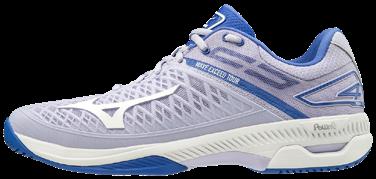
1. What is the name of the former ATP player who currently runs an art investment business in Atlanta, and what is the name of the business?______________
2. AYTEF launched a summer program to help keeps kids learning and engaged in fun activities for the summer. What’s the name of this program?
3. In this issue, we launched the GPTA spotlight series. Who are the local tennis pros who were featured? _____________________________________________
Please submit a favorite courtside recipe along with this entry to be eligible.
Name _____________________________________________________________
Address ___________________________________________________________
City __________________________________State_______ZIP _____________
Email______________________________________________________________
Phone _____________________________________________________________
League ____________________________________________________________
